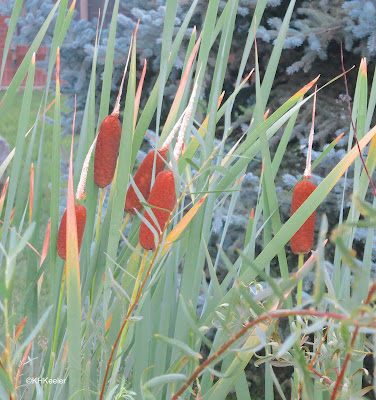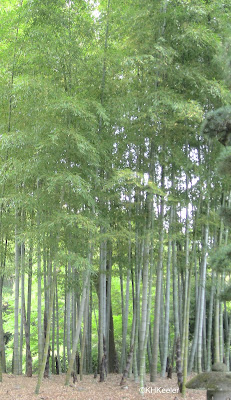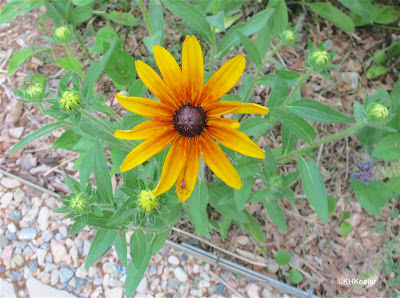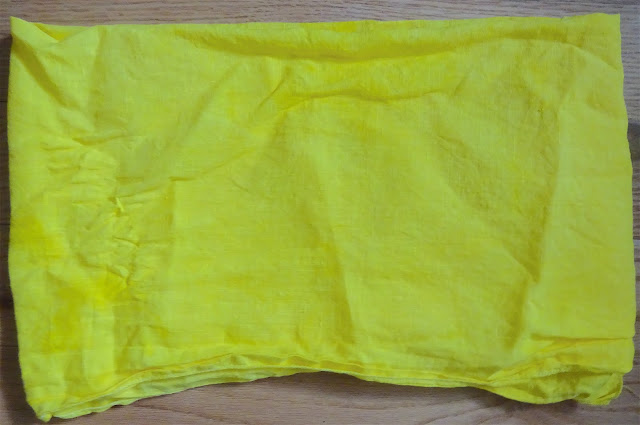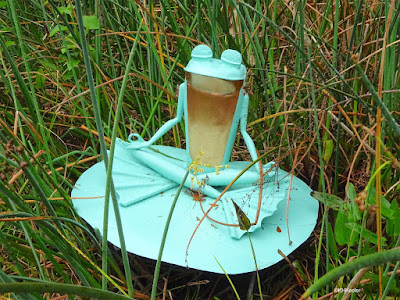Tundra is the ecosystem where it is too cold for trees. It can be too cold because the growing season is too short or because the soil is frozen (permafrost) much of the time and, in the brief periods when it is not frozen, shifts, knocking trees over, usually both. Tundra is found in the Arctic (in the Antarctic, ocean fills the area that would have tundra) and high on mountains. It is the coldest ecosystem on earth.
 |
| alpine tundra is above the highest trees |
Ecologists try to reduce the world's ecosystems to a minimum number. Of land ecosystems, called biomes, they can be reduced to forest, grassland, desert, and tundra. For people in the lower 48 United States, tundra is hardest biome to see. There is no arctic tundra in the lower 48 and alpine tundra occurs only on the tops of mountains. There are areas of alpine tundra high in the mountains of New York and New England, a chain of spots of tundra along the Rocky Mountains above 10,500 feet, and a similar chain of tundra when you get high enough in the Sierras and Cascades. Rocky Mountain National Park has the most accessible alpine tundra, because Trail Ridge Road will let you drive right up to it. And it is pretty extensive, something like 149 square miles in all the park (though some of it is way too steep for people or on an isolated peak). I wanted to see all the biomes of the world. Tundra was the last of the four I reached.


